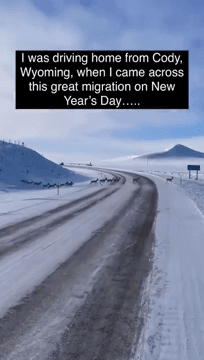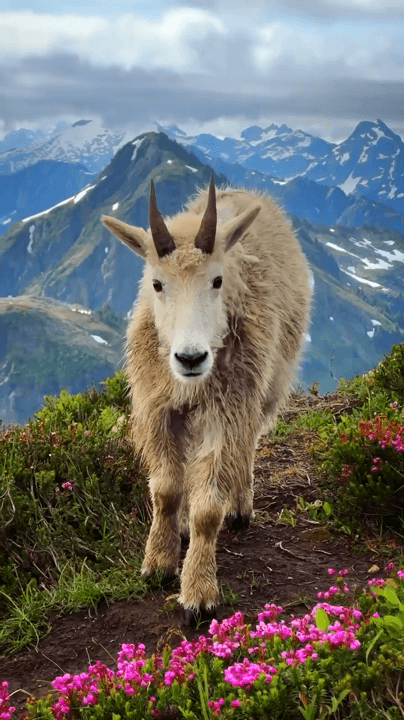
Wyoming seeks comments on antelope migration corridor Do you want to weigh in on Wyoming’s Sublette antelope migration corridor? The Wyoming Game and Fish Department (WGFD) will be holding a series o
Post: 20 November 17:58

Post: 20 November 17:58

Post: 12 July 12:57

Post: 16 May 09:38
Post: 31 October 11:59

Post: 25 August 07:37

Post: 26 December 10:16

Post: 20 October 10:13

Post: 8 July 09:07

Post: 29 May 09:30

Post: 27 May 09:29

Post: 5 February 09:08

Post: 12 December 09:39

Post: 5 October 09:22

Post: 27 June 08:52

Post: 10 April 17:51

Post: 20 January 19:29
Post: 7 October 12:56

Post: 14 June 17:25

Post: 28 January 23:18

Post: 20 November 17:54

Post: 2 July 09:07

Post: 25 August 07:50

Post: 25 August 07:32

Post: 6 August 13:25

Post: 21 July 07:57

Post: 1 July 12:13

Post: 26 May 19:48

Post: 13 January 00:15

Post: 11 January 02:34

Post: 5 January 04:57

Post: 22 March 10:29

Post: 16 September 11:09

Post: 29 September 07:12

Post: 25 July 13:27

Post: 19 October 12:36

Post: 6 October 14:15

Post: 5 October 20:41

Post: 2 October 17:46

Post: 1 October 12:29

Post: 25 August 07:35

Post: 31 July 14:35

Post: 23 July 08:49

Post: 17 July 09:02

Post: 8 July 12:57

Post: 19 September 09:42

Post: 29 August 10:25

Post: 25 July 11:31

Post: 18 July 17:38